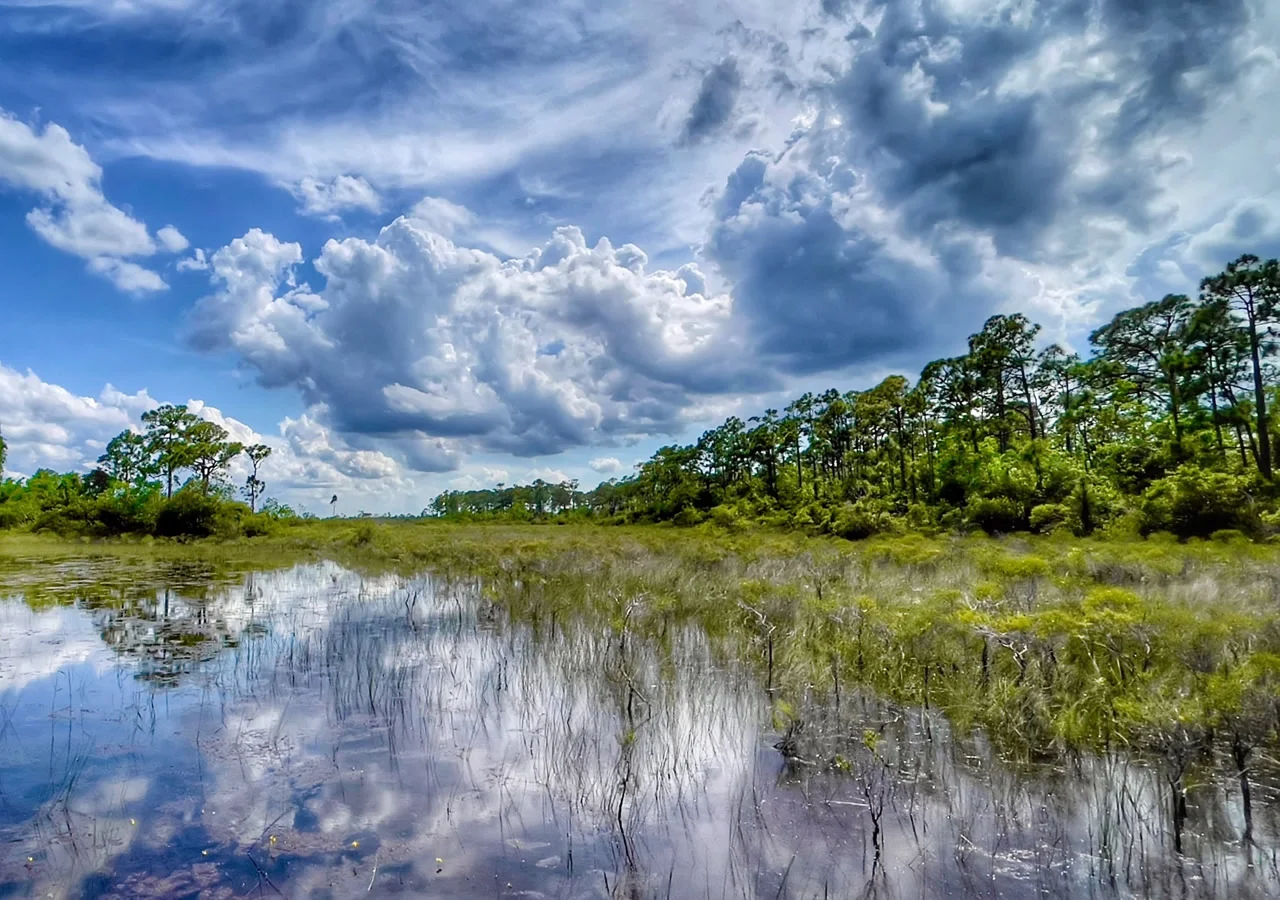Research Library
AVC fully understands the importance of continually integrating new chemistries and technologies for the purposes of reducing chemical usage, reducing non-target damage to existing habitats, and increasing effective treatment time. As one of the pioneering invasive plant control contractors, AVC is proud of its 37+ years of service dedicated to the advancement of knowledge in the field of invasive plant management in Florida. This service has included: gaining decades of field experience through trial and error; devoting company resources and scientists to research and development of herbicide mixes and treatment methods; collaboration with universities and clients in the refinement of herbicide mixes and methods; collaboration with herbicide manufacturers to identify susceptible target and non-target species for new chemistries before industry acceptance; identifying and integrating tracking and application monitoring technology; and applying this knowledge in professional organizations and community involvement.
Choose a topic below:
NECESSITY OF AQUATIC PLANT MANAGEMENT
Management is Necessary for Navigation, Biodiversity, Recreation, and More
Invasive plants harm our natural environment and lead to a loss of biodiversity and ecosystem health. They usually cannot be completely eradicated and will grow back quickly if not managed consistently.
What is an invasive plant?
A species that (a) is nonnative to a specified geographic area, (b) was introduced by humans (intentionally or unintentionally), and (c) does or can cause environmental or economic harm or harm to humans.
When invasive plants replace native plants, they:
Deter native wildlife dependent on native plants from using the area
Fill completely and/or cover the water, damaging habitat and diversity
Increase sediment or muck accumulated at the bottom of water bodies
Excessive infestations cause economic losses to recreational use and property values
Keeping things under control
Research shows most invasive plant species will never be eradicated from Florida; they simply reproduce too fast. However, managing agencies strive to keep them at less harmful levels. Regular management of invasive plants reduces overall environmental and economic damage and maintains habitat for native ecosystems.












